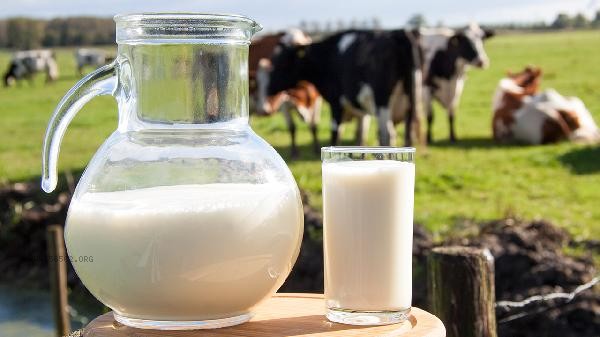The main difference between low-fat and full fat milk lies in fat content and nutritional composition. The fat content of low-fat milk is usually less than 1.5%, while the fat content of full fat milk is about 3.5% -4.5%. There are differences between the two in terms of taste, calories, and fat soluble vitamin content.

Low fat milk removes some fat through a defatting process and has lower calories, making it suitable for people who need to control their weight or blood lipids. Its taste is relatively light, with a mild milky aroma, but it retains most of its protein and calcium. Due to the reduction of fat, the content of fat soluble vitamins such as vitamin A and D also decreases accordingly, and some products will additionally enhance these nutrients. Whole milk retains natural fat components, with a richer taste, more prominent milk aroma, higher calorie content, and a strong sense of satiety. Its natural fat soluble vitamins do not require additional strengthening, and fat can promote calcium absorption, making it suitable for children, pregnant women, or people with high calorie requirements. From a health perspective, low-fat milk is more suitable for middle-aged and elderly people, those at higher risk of cardiovascular disease, or those who need to control their calorie intake. Whole milk is more suitable for children in their growth and development period, thin individuals, or healthy adults without special restrictions on fat absorption. It should be noted that lactose intolerant individuals can choose the corresponding type of lactose free milk, while milk allergy sufferers should avoid drinking low-fat or full fat milk.

Choosing low-fat or whole milk should be based on personal health status and nutritional needs. It is recommended to control the daily intake of dairy products to 300-500 milliliters for daily consumption, which can be paired with a balanced diet. Drinking whole milk after exercise or at breakfast can provide more lasting energy, while choosing low-fat milk for dinner or snacks can reduce calorie burden. Regardless of the type, it is recommended to prioritize pasteurized milk or room temperature sterilized milk, and pay attention to checking the shelf life and storage conditions.









Comments (0)
Leave a Comment
No comments yet
Be the first to share your thoughts!